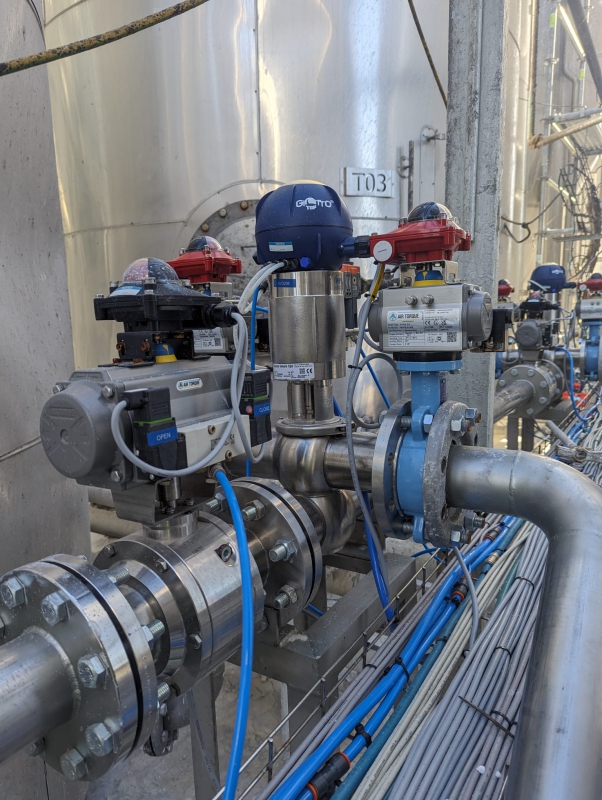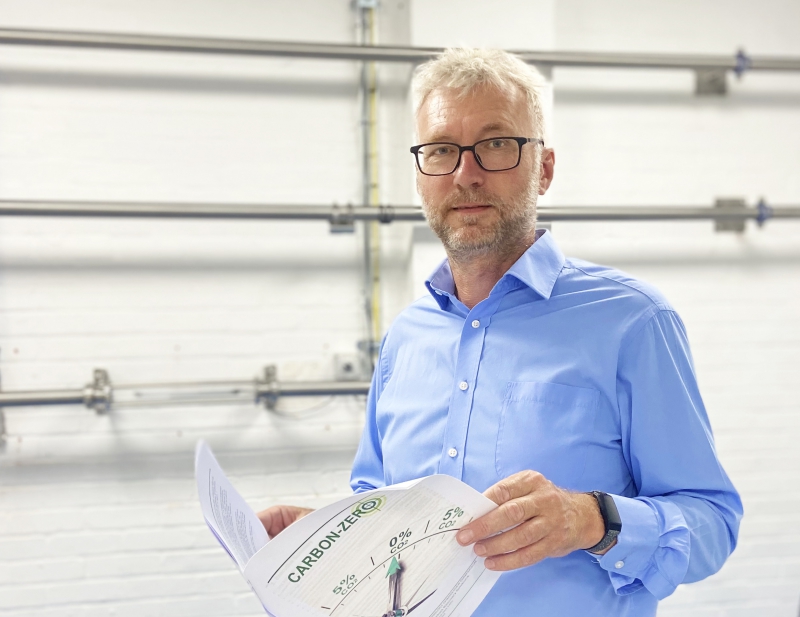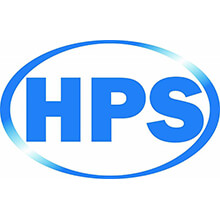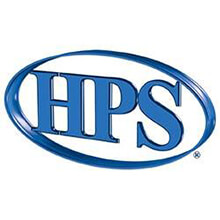- Contact 0870 350 7767
- |
- Advertise
Home > HPS Product Recovery Solutions > Increase in Process Pigging Driven by Productivity and Sustainability Goals
Increase in Process Pigging Driven by Productivity and Sustainability Goals
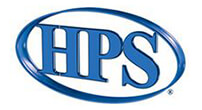 News and PR from HPS Product Recovery Solutions - Published 27 April 2017
With productivity and sustainability high priorities, an increasing number of companies that process liquids are turning to pigging.
News and PR from HPS Product Recovery Solutions - Published 27 April 2017
With productivity and sustainability high priorities, an increasing number of companies that process liquids are turning to pigging.
Also known as product recovery, Âpigging is in wide use among companies that process liquids. ItÂs used in everything from food and beverage production to paint, household goods and cosmetics manufacture. And with productivity and sustainability high on the agenda of most businesses, the use of pigging is becoming even more widespread.
Pigging recovers liquid in pipes that would otherwise be wasted. It increases yields, speeds up changeovers, saves water and cleaning chemicals while lowering contamination risks. And because it reduces waste and associated disposal costs, pigging also helps companies towards their environmental sustainability goals.
Gilbert Murphy, CEO of process pigging specialists HPS Product Recovery Solutions, commented, ÂA few years ago, most companies deployed pigging systems to increase their product yields and improve operational efficiency. While these are still key considerations, weÂre now finding the environmental and sustainability benefits of pigging are just as important to our clients.Â
Pigging works by propelling a special projectile, called a ÂpigÂ, through pipelines. The process pig has a diameter slightly larger than the inside diameter of the pipe. It fits tightly in the pipe, which means liquid canÂt get past it. Instead, the pig quickly and safely transfers residual product to its destination tank or on to the next stage of the process. This is instead of disposing of it as part of a flush or clean in place (CIP) cycle.
Pigs are usually magnetised to enable detection and pigging system automation. However, in any pigging system, it is important that the pigs do not contain solid magnets. This is because solid magnets can fragment, compromising the safety of people and equipment. It also risks product contamination.
Gilbert continued, ÂWhen it comes to pigging, customers demand performance and reliability. HPS pigs are flexible, robust, one-piece design. They have extremely high product recovery rates - up to 99.5%. Rather than solid magnets, HPS pigs have a silicon-based magnetised core which canÂt shatter. TheyÂre also long lasting, and while no pig will last forever, we guarantee ours for a minimum of 30 km of use.Â
Pigging systems can be incorporated into existing plant and pipework, as well as new installations. However, because nearly every plant and processing facility is different, so is every pigging system.
Gilbert concludes, ÂWhile thereÂs no Âone size fits all when it comes to pigging system design, we confidently say to our clients they will achieve an extremely high ROI from our solutions. As well as helping environmental sustainability, the systems also rapidly pay for themselves, typically in less than a yearÂ.
Pigging has been around for some time. It forms an integral part of many well-known brands processing systems. And with the increased productivity, improved sustainability, rapid payback and high ROI pigging systems deliver, their use is set to become even more widespread.
Pigging recovers liquid in pipes that would otherwise be wasted. It increases yields, speeds up changeovers, saves water and cleaning chemicals while lowering contamination risks. And because it reduces waste and associated disposal costs, pigging also helps companies towards their environmental sustainability goals.
Gilbert Murphy, CEO of process pigging specialists HPS Product Recovery Solutions, commented, ÂA few years ago, most companies deployed pigging systems to increase their product yields and improve operational efficiency. While these are still key considerations, weÂre now finding the environmental and sustainability benefits of pigging are just as important to our clients.Â
Pigging works by propelling a special projectile, called a ÂpigÂ, through pipelines. The process pig has a diameter slightly larger than the inside diameter of the pipe. It fits tightly in the pipe, which means liquid canÂt get past it. Instead, the pig quickly and safely transfers residual product to its destination tank or on to the next stage of the process. This is instead of disposing of it as part of a flush or clean in place (CIP) cycle.
Pigs are usually magnetised to enable detection and pigging system automation. However, in any pigging system, it is important that the pigs do not contain solid magnets. This is because solid magnets can fragment, compromising the safety of people and equipment. It also risks product contamination.
Gilbert continued, ÂWhen it comes to pigging, customers demand performance and reliability. HPS pigs are flexible, robust, one-piece design. They have extremely high product recovery rates - up to 99.5%. Rather than solid magnets, HPS pigs have a silicon-based magnetised core which canÂt shatter. TheyÂre also long lasting, and while no pig will last forever, we guarantee ours for a minimum of 30 km of use.Â
Pigging systems can be incorporated into existing plant and pipework, as well as new installations. However, because nearly every plant and processing facility is different, so is every pigging system.
Gilbert concludes, ÂWhile thereÂs no Âone size fits all when it comes to pigging system design, we confidently say to our clients they will achieve an extremely high ROI from our solutions. As well as helping environmental sustainability, the systems also rapidly pay for themselves, typically in less than a yearÂ.
Pigging has been around for some time. It forms an integral part of many well-known brands processing systems. And with the increased productivity, improved sustainability, rapid payback and high ROI pigging systems deliver, their use is set to become even more widespread.
Other announcements from HPS Product Recovery Solutions
-
Case Study Shows How "Pigging" Reduces Contamination in Paint Manufacturing
Leading Portuguese paint manufacturer, Barbot Paints, is benefitting from reduced product contamination, improved environmental sustainability, water savings, and decreased product waste by using HPS
03 Jan 2024
-
HPS Pigging Technology Saves Tonnes of Carbon Every Day New Report Confirms
A new report shows that companies that pump liquids through pipelines can reduce their carbon footprint by tonnes of carbon every day, by using HPS liquid product recovery technology.
16 Sep 2022
-
Process Pigging Specialist HPS Scores Success in Customer Satisfaction Survey
HPS Product Recovery Solutions Achieves 100% Customer Satisfaction for Third Consecutive Year.
29 Mar 2018
-
Process Pigging Specialist HPS Releases New Software
Process pigging specialist HPS Product Recovery Solutions has released new software to help its customers streamline system maintenance, and keep their pigging solutions running at optimum performance
27 Apr 2017





